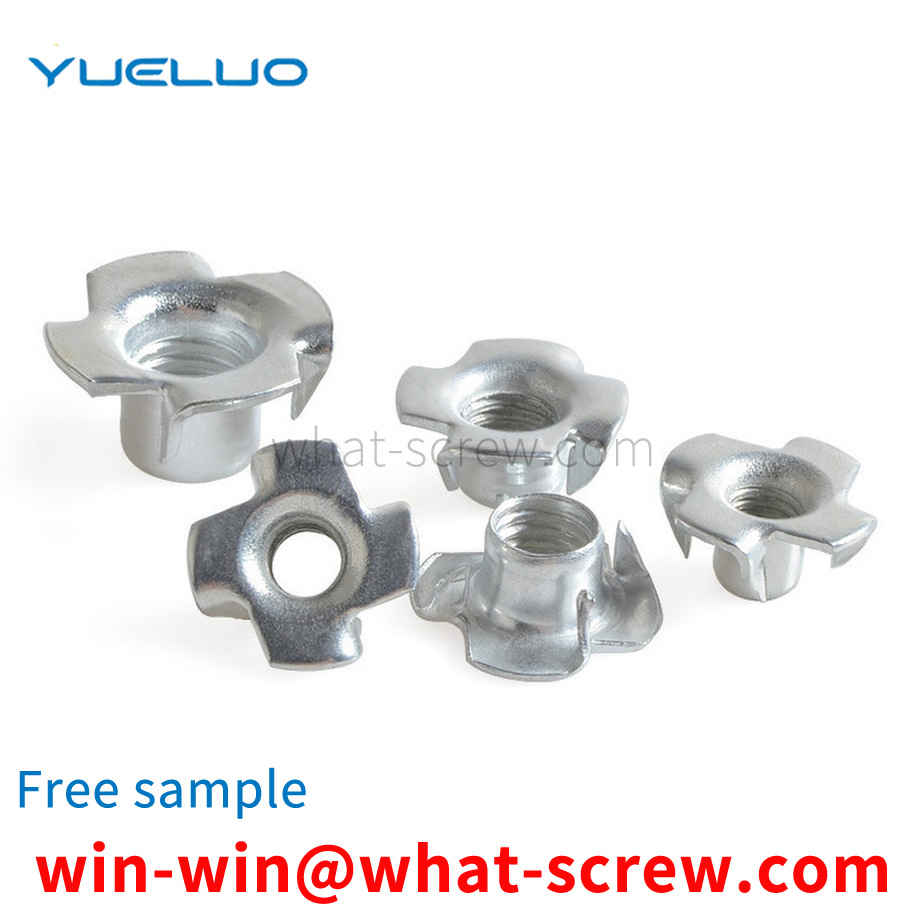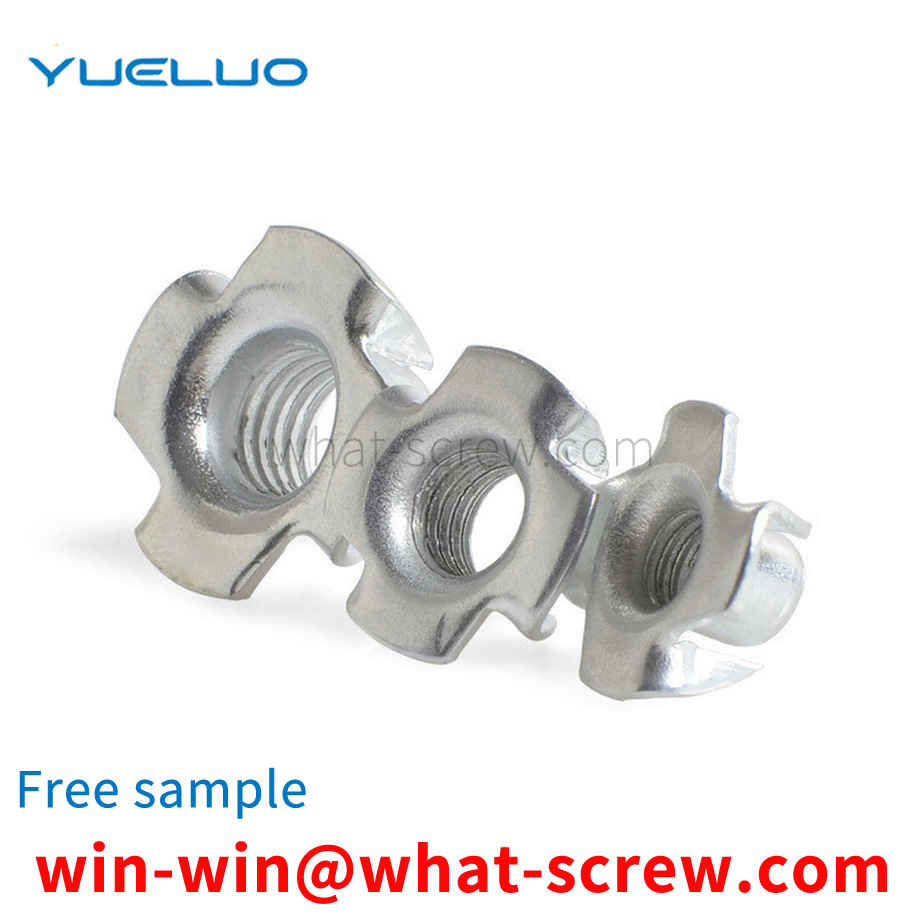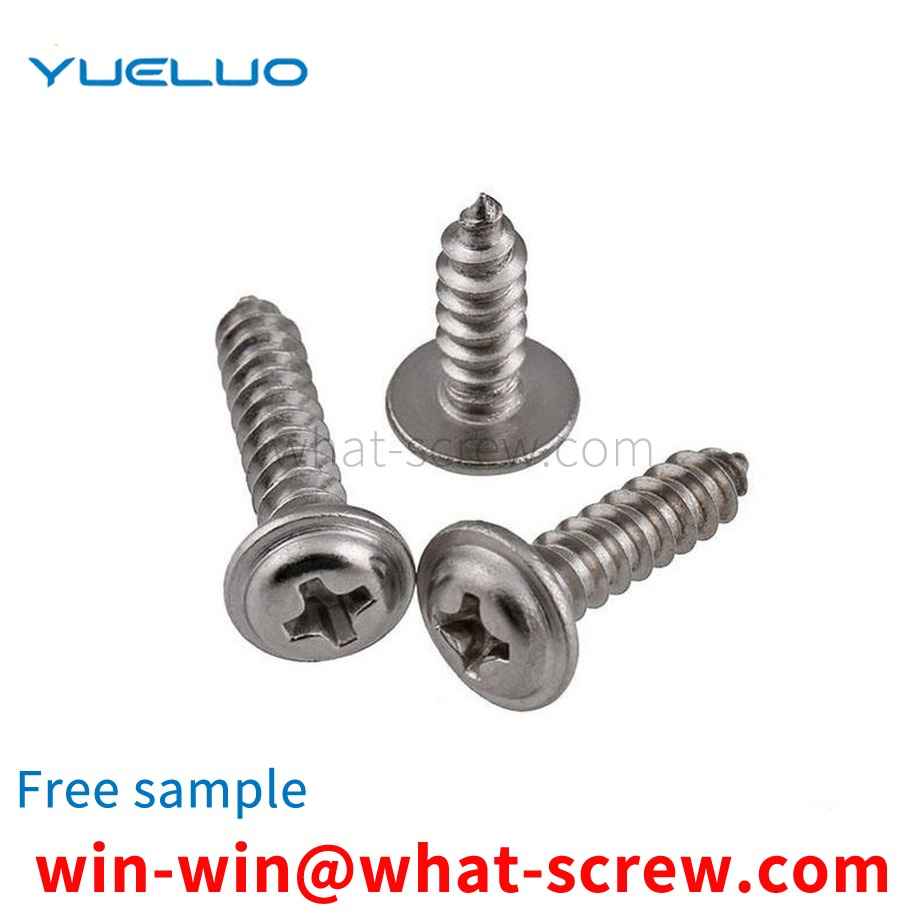What is the tolerance range of precision screws?
What is the tolerance range of precision screws?
Service Hotline
+86760-8787 8587We have more than ten years of experience in screw industry production, the main products are: 1.5mm hexagonal fine thread nut, 22795 nail type expansion bolt, hemispherical head screw, T-shaped square neck bolt, three-in-one bolt, iron black elastic cylindrical pin, Spring screw with flat washer, 304 flange cross hexagon screw, GB6172 thin nut, furniture hex socket flat head guardrail chamfer bolt, GB818 bolt, 10 grade high strength hexagon nut, top explosion expansion bolt, through hole copper flower mother injection copper nut , Fasteners such as countersunk washers, due to the different materials and specifications of the products, the prices are also different, if necessary, please contact us.


At present, injection molding screws are widely used in various electronic and automotive components, including a body, the middle of which is provided with a through hole 3, the body head 1 has a hexagonal cross-section, and the tail 2 is provided with screw teeth. When in use, the middle through hole 3 of the main body will first put the wire harness, and then fix it by injection molding from the head I, and the threads of the tail 13 should be connected and installed with other components. Because the head I of the main body is hexagonal, the torque provided after injection molding is insufficient. Therefore, after the external thread is installed and connected with other components, the head is prone to slip, the installation is not reliable, and there is no push-pull force, resulting in product failure and increased safety hazards.

1. The taper of the reaming hole should be 90°. It should be guaranteed that it should be less than 90° rather than greater than 90°. This is a key trick. 2. If the thickness of the sheet metal is less than the thickness of the head of the countersunk head screw, you can replace the screw with a smaller size, or it is better to ream a smaller hole instead of reaming the hole to increase the diameter of the bottom hole and cause the parts to not be pressed tightly. 3. If there are multiple countersunk head screw holes on the part, it should be processed more accurately. Once it is drilled crookedly, it will be ugly to assemble, but as long as the error is not large, it can be tightened completely, because when tightening, if the diameter of the screw is not very large. Large (about no more than 8mm), when there is an error in the hole distance, the screw head will be deformed due to the force when it is tightened or it will be tightened.


Existing wood screws are composed of a threaded portion with a tapered angle and arranged along a tapered stem and a screw head. The head of the screw can be a countersunk head, hemispherical, or other shapes, and the head of the screw has a groove that fits with the tool, a word groove, and a concave cross groove. The taper angle of existing wood screws is either 45 degrees or 60 degrees, and the front end of the taper angle is a pointed point formed by a rotating thread. The existing wood screws have the following three deficiencies in use. Because the taper angle is 45 degrees or 60 degrees, and the thread angle is 71 degrees, the resistance when entering the material is relatively large, so the existing wood screws are manually screwed. It is difficult to screw in, especially when it is used for hardwood materials, and it often happens that the groove of the screw head is screwed out; A large lateral moment will be formed when the screw is screwed, which is prone to the problem of deviation from the position; in addition, because the existing screw is tapered, it will be subjected to both radial force and axial force when entering the material, and its stress state It is more complicated, so it is easy to cause the cracked wood material to burst, and even cause the material to have longitudinal cracks and be unusable.

A rivet is a part that uses its own deformation or interference to connect the riveted parts in riveting. With the continuous progress and development of science, rivets have been used in many occasions because of their convenient use and reliable connection. The rivet includes a nail head and a stem. The traditional processing mold for the rivet head includes a base, and a nail head forming part is arranged on the base. However, due to the limited service life of the mold, the processing mold of this structure is replaced. It needs to be replaced together with the base, which is a waste of material, which increases the production cost, and the rivet itself is relatively cheap, so this reduces the profit of the enterprise.

The above content is uploaded by Yueluo or the Internet. If there is any copyright issue, please contact [email protected].

What is the tolerance range of precision screws?

How to choose the right stainless steel screw manufacturer?

Why is there an R angle under the head of the hexagon head s...

We have more than ten years of experience in screw industry ...

We have more than ten years of experience in screw industry ...

We have more than ten years of experience in screw industry ...

We have more than ten years of production experience in the ...